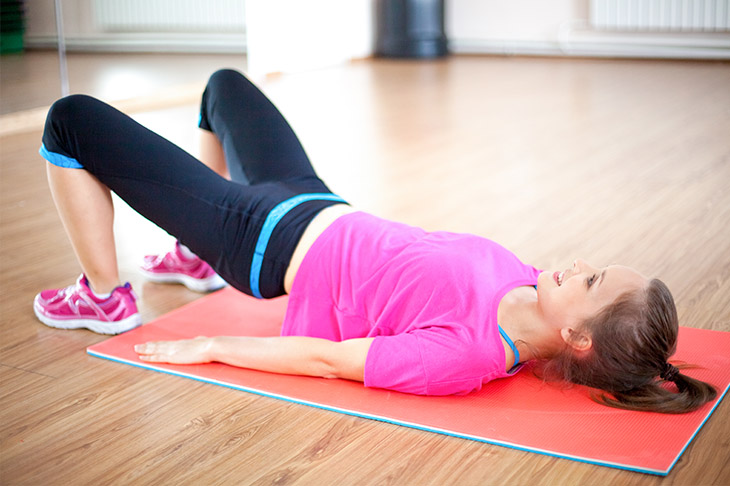Pelvic floor muscle exercises
What are Kegel exercises?
Kegel exercises, named for the physician who developed them, are designed to strengthen the pelvic floor muscles. These exercises are commonly used to build up or tighten the pelvic floor muscles that keep urine from leaking from the bladder (incontinence) and stool or gas from the rectum. When the pelvic floor muscles are weak, they can cause conditions in which one or more organs drop into the vagina, generally referred to as a prolapse.
What are the symptoms of these conditions?
Some symptoms include:
- involuntary passing of urine or stool
- frequent or urgent need to urinate
- lower back pain
- constipation or pain when passing stool
- pressure on the vagina, rectum, or pelvis
- a feeling like you are sitting on something (like an egg or small ball)
- pain during intercourse
- a soft bulge of tissue that may protrude from the vagina
How do I know which muscles to exercise?
It is important to exercise the correct muscles, and there are several ways to locate them.
- Try to stop the flow of urine when you are using the toilet.
- Insert a finger into your vagina, and try to squeeze your finger.
- Pretend you are trying to keep from passing gas.
Regardless of the method you choose, concentrate on the sensations you experience while making note of which muscles you are using. Be sure that you do not tighten your buttock, abdominal, or leg muscles. You should feel a gentle lift and squeeze from the muscles between your legs and be able to breathe freely while the muscles are contracted.
How do I do Kegel exercises?
Once you know which muscles to exercise, you should begin by contracting them 30-40% of your maximum and hold for 5-10 seconds with a 10 second rest period between each contraction. An example schedule would be sets of 10, three to four times a day, every day. Your healthcare professional may recommend a different exercise schedule. It usually takes between 4-6 weeks to see a difference. You can do your Kegel exercises anytime, anywhere, but make sure that when you exercise in sitting that you are sitting up straight and not slouching. You should vary the positions in which you exercise to include: standing, lying and sitting. You should also practice squeezing the muscles maximally before you cough, sneeze or lift something.
Who will benefit from these exercises?
All women will benefit from these exercises especially:
- Pregnant women should focus on contracting and relaxing these muscles
- Women after vaginal delivery (24-48hours after delivery or wait till your stitches are removed if you have any)
- Wo men after cesarean section
- Women near to premenopausal stage



